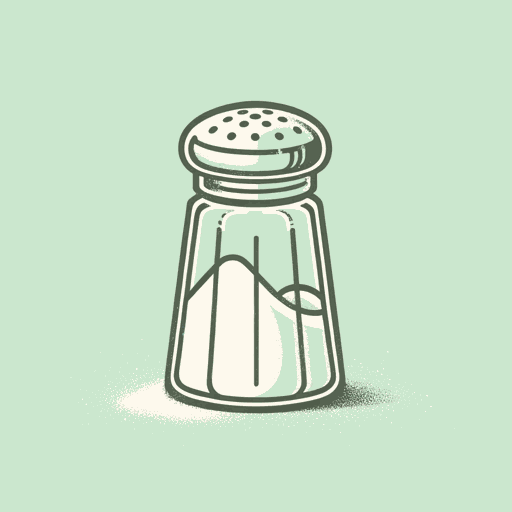51 pages • 1 hour read
Mark KurlanskySalt: A World History
Nonfiction | Book | Adult | Published in 2002A modern alternative to SparkNotes and CliffsNotes, SuperSummary offers high-quality Study Guides with detailed chapter summaries and analysis of major themes, characters, and more.
Part 3: Chapters 21-23Chapter Summaries & Analyses
Part 3: “Sodium’s Perfect Marriage”
Part 3, Chapter 21 Summary: “Salt and the Great Soul”
In the early 20th century, India was a British colony, and “Indian salt was to be managed for the benefit of Cheshire” (333). Kurlansky gives a brief history of the East Indian Company, a private trading company that effectively had all the rights and powers of a nation and could buy property. It bought its first Indian property in 1639 and would eventually build the city of Calcutta: “By the nineteenth century, more than half of India was governed by the East India Company and the rest by local princes, who served as puppet rulers for the British” (334). After a revolt against the company in 1857, the British took over local governance.
Orissa is a salt-producing area on India’s east coast. The salt is made in enormous salt beds and was plentiful enough that even the poorest peasants could make and sell salt: “Liverpool salt could not compete with the price and quality of Orissa salt” (336). In 1790, the British attempted to buy all the salt made in Orissa, but were denied. They next banned all Orissa salt from entering Bengal, with which Orissa shared a border. Smuggling was impossible to stop, however, and the contraband Orissa salt moved so freely that “the British army occupied Orissa and annexed it to Bengal” (337).


